Crossovers past and present: 10 notable drivers who made the switch between F1 and IndyCar (Part 2)

Editor's note: Click here for Part 1 of this story from last week.
Whenever you have a Part 1 of something, invariably, you're obligated to come back with a Part 2 -- or more.
AutoRacingDigest.com's Matthew Knell brought about a lot of reader comments with Part 1 of his story last week of notable drivers who have made the switch between Formula 1 and IndyCar -- and vice-versa.
Here is Part 2 of Matthew's story of 10 notable drivers who made the switch between Formula 1 and IndyCar and see how well they fared after crossing over (and in some cases back).
This list, of course, isn’t designed to be about whether one discipline is harder or better than the other, but instead is presented as an agnostic look for you to make your own opinion. (This is what the comments are for, right?)
One important caveat here for purposes of this list, we aren’t considering F1 drivers who crossed over to IndyCar for just a single or handful of starts (most notably the many F1 drivers who have competed solely in the Indianapolis 500 - sorry Fernando Alonso, Jackie Stewart and Graham HIll).
Here’s the second five in our list (in no particular order):
**********************************************
Previously, we covered five of the most notable F1 to IndyCar driver crossovers, featuring some familiar names, and probably at least one you didn’t think of.
We continue with part two of the series, the “best-of-the-best” who showed notable success in both disciplines after making the switch. Driven sometimes by choice, other times by money or politics, regardless of the reason these crossover drivers earned a place in the racing history books.
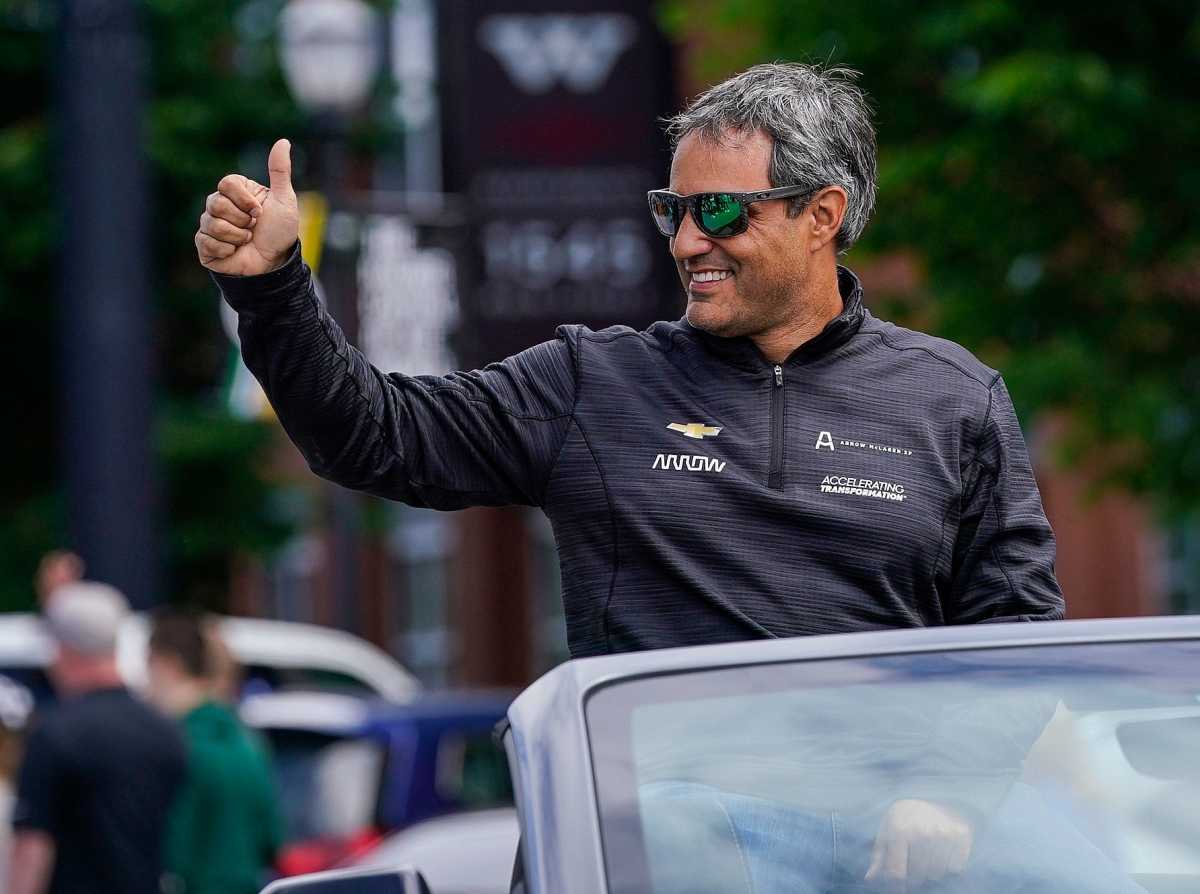
Formula 1: 94 starts, 7 wins, 30 podiums, 307 career points, 3rd in the Driver’s World Championship in 2002 and 2003
IndyCar/IRL/CART/USAC Champ Car (to date): 95 races, 15 wins, 1999 CART Championship Winner, Two-Time Indianapolis 500 winner (2000 and 2015)
The nearly exact symmetry between the number of starts in Formula 1 and IndyCar shows the diversity of driving talent that JPM possesses. He could win in just about anything, and he did.
After tearing up the CART series with 7 wins and taking home the 1999 CART Championship, Montoya won the Indy 500 in his first start in 2000. He made the switch to Formula 1 in 2005, winning at Monza in his first season.
Overall, his Formula 1 career was filled with triumph (winning at Monaco and nearly beating an in-prime Michael Schumacher to the Drivers’ Championship title in 2003), controversy (when he couldn’t decide who to drive for), and shock when he decided to leave his McLaren ride for a return to the United States and NASCAR in 2007.
His return to IndyCar in 2014 with Team Penske led to his 2015 500 triumph, a remarkable 15 years after his last, a record for the longest span between victories that is unlikely to be broken.
He still races at Indianapolis even today, having announced a return with Arrow McLaren SP for the 2022 race.
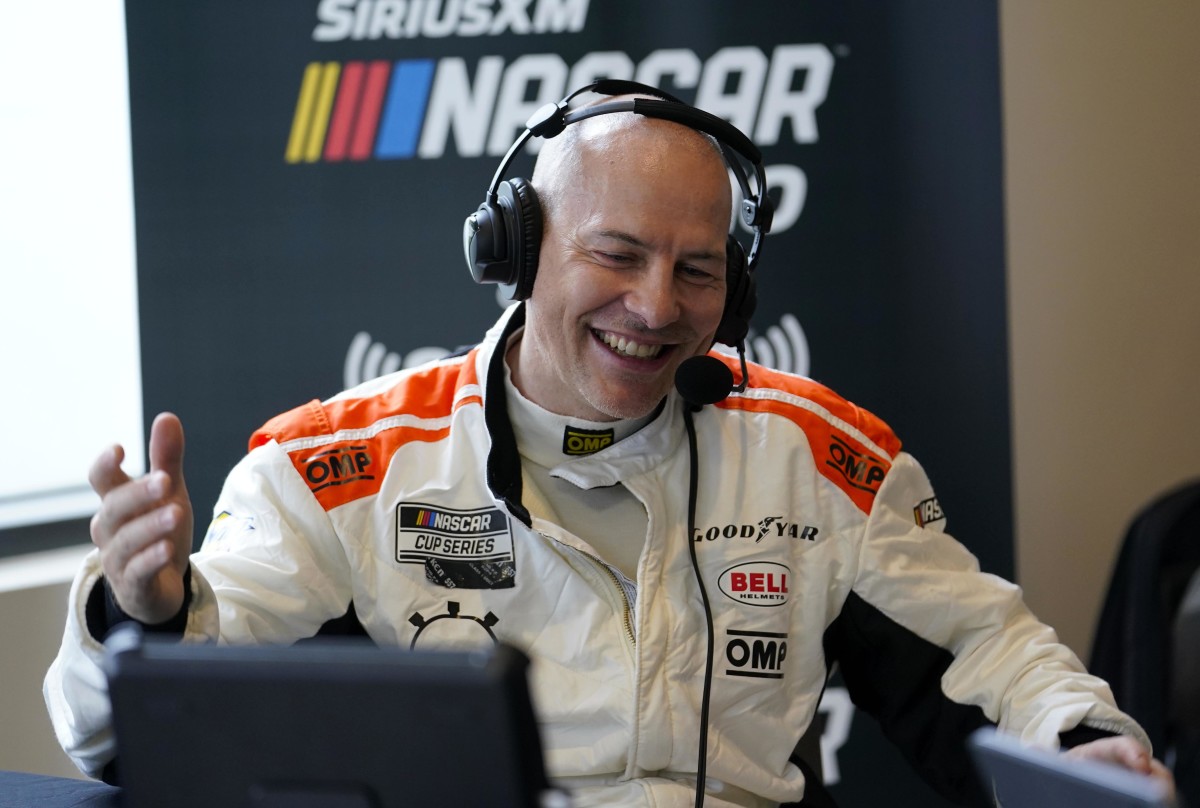
Formula 1: 163 starts, 11 wins, 20 podiums, 235 career points, 1997 Driver’s World Champion
IndyCar/CART/USAC Champ Car: 36 races, 6 wins, 1995 Championship Winner, 1995 Indianapolis 500 champion
The son of the legendary Gilles Villeneuve, and the nephew of his namesake uncle, racing was clearly in the younger Jacque’s blood.
Jacques’ rise in the CART series was stratospheric with five wins in 1995 including the Indianapolis 500, where he famously won the race after being behind as far as 2 laps at one time. He'd then go on to win the CART championship the same season.
The Canadian native switched to Formula 1 in 1996 with Williams Racing. He kept his momentum going with 4 wins and a 2nd-place overall finish in the Drivers’ Championship with a faulty wheel bearing costing him a chance at the title in the last race, losing the title to teammate Damon Hill, who would be replaced in 1997.
As Williams’ No. 1 driver in 1997, Villeneuve took the drivers’ title over Michael Schumacher, who crashed into Villeneuve (many would say purposely) at the season-ending European Grand Prix.
Villeneuve would never win another race in Formula 1 again, struggling through one more season with Williams, and making what turned out to be an ill-fated switch to the new British American Racing team that was built around him. Villeneuve appeared in F1 with Renault and Sauber, but after being replaced by Robert Kunica at the then-BMW Sauber in 2006, Villeneuve decided to call it a career.
Villeneuve is still occasionally active as a driver, even going so far as to qualify for the 2022 Daytona 500 on merit.
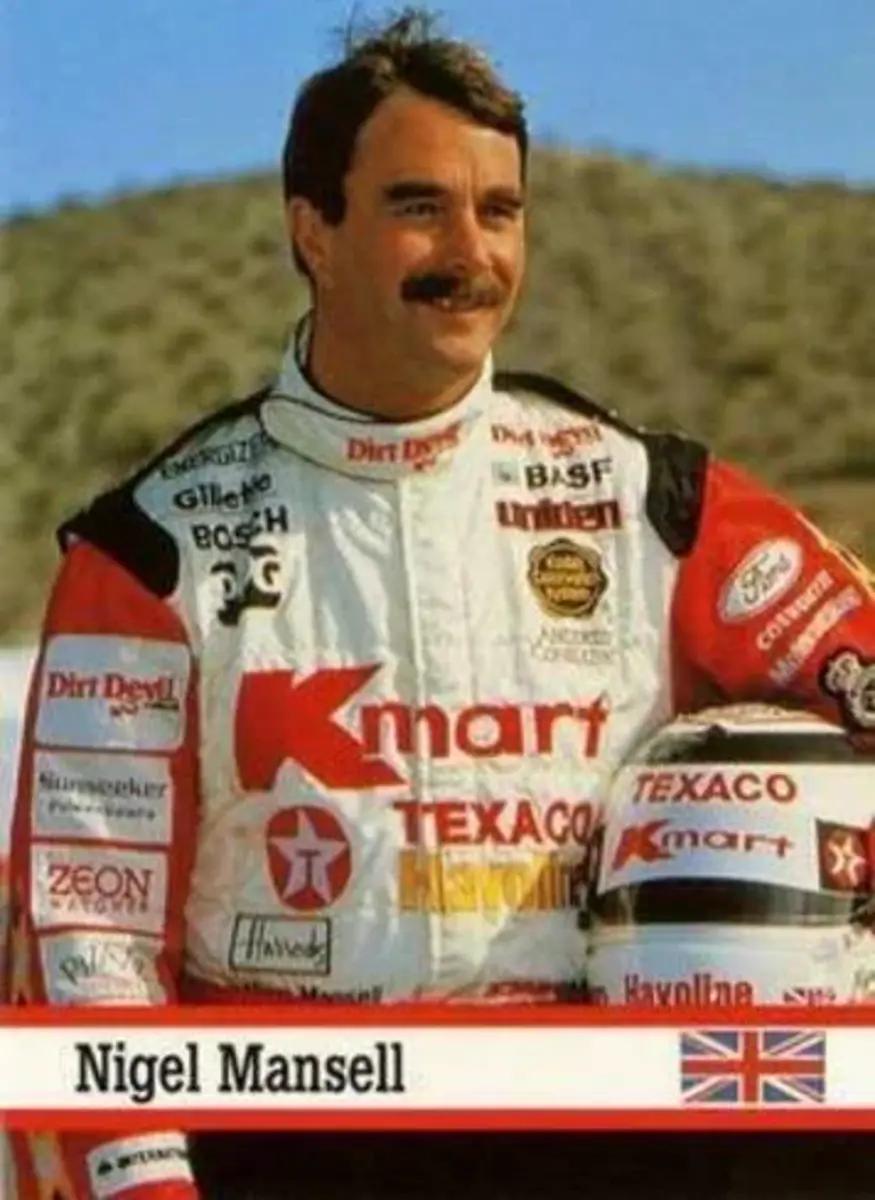
Formula 1: 187 starts, 31 wins, 59 podiums, 480 career points, 1992 Driver’s World Champion
Indycar/CART/USAC Champ Car: 33 races, 5 wins, 1993 Championship Winner
When Nigel Mansell’s Formula 1 ride with Williams disappeared after his championship-winning 1992 season, he followed the money to CART and a multi-million dollar ride with Newman-Haas Racing. This, ironically enough, was the seat Michael Andretti vacated on his ill-fated move to McLaren for 1993.
Mansell earned 31 wins over 15 seasons with Lotus, Williams, Ferrari and McLaren. He was also known for extremely dry wit, and, well,... passion? Grumpiness? You be the judge.
After winning the CART Championship in 1993, his focus returned to Formula 1 and he found himself splitting time between IndyCar and Formula 1 in one-off drives for Williams in 1994 after the death of Ayrton Senna. He capped his career with a win at the infamous season finale in Adelaide, which would turn out to be his last.
It was during this 1994 season that the name “Dennis Vitolo” became inseparably linked with Mansell, when Vitolo slammed into Mansell’s car during a caution period at the Indy 500. Mansell was left woozy after the collision and found himself having to escape his car as a small fire developed. Perhaps this was the moment that “Red 5” had had enough of IndyCar.
For 1995, an unexpected switch to McLaren and a full return to F1 ended in disaster when he was unable to fit comfortably in the car built for him, and his long F1 career came to an end when he retired a ”healthy” car at the 1995 Spanish Grand Prix.
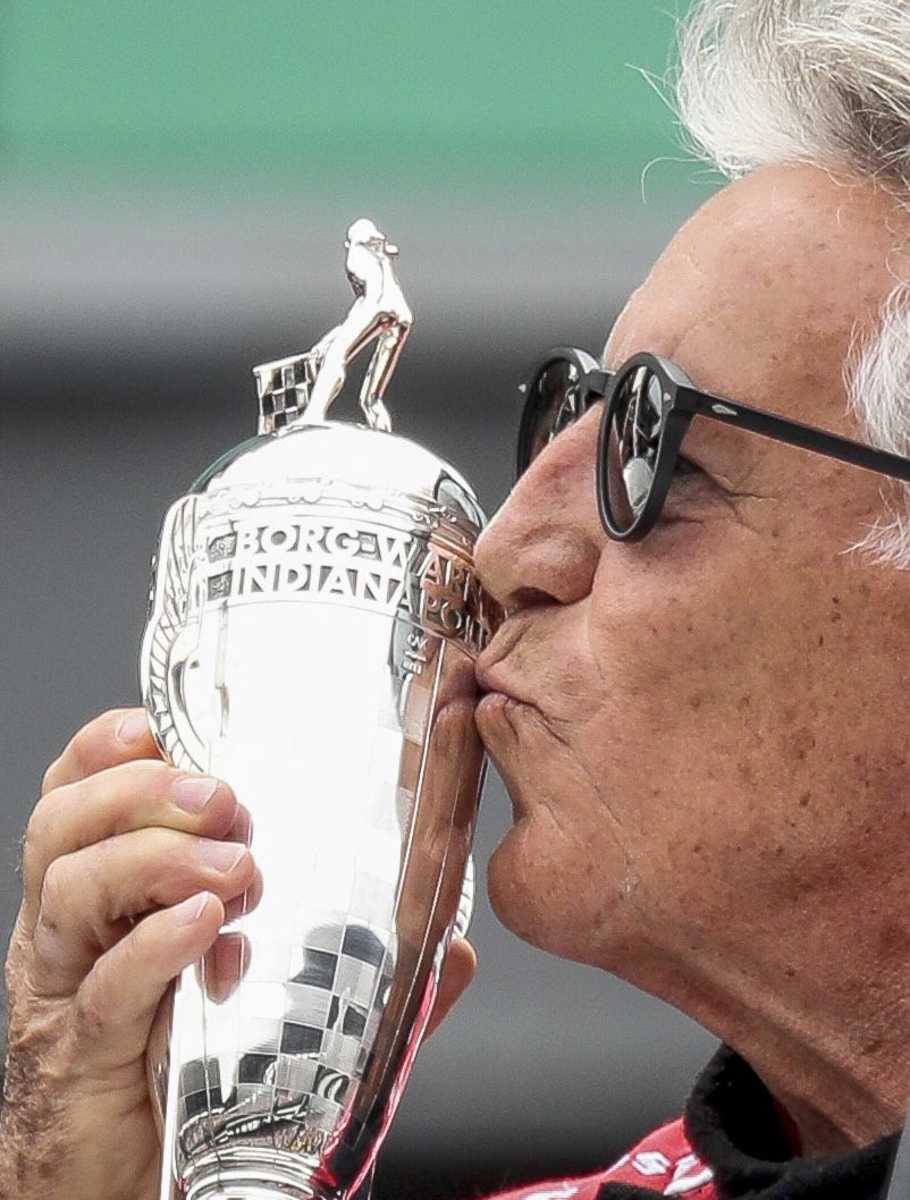
Formula 1: 128 races, 12 wins, 19 podiums, 180 career points, 1978 Drivers Championship
Indycar/CART/USAC Champ Car: 421 races, 52 wins, 1993 Championship Winner, 1966, 1965 and 1969 USAC Champion, 1984 CART Drivers Champion
Widely considered one of the greatest racing drivers ever, and the second-winningest open-wheel driver behind only AJ Foyt, Mario Andretti parlayed significant success in open-wheel racing to an incredible career across multiple racing platforms including wins at Daytona, LeMans, and, of course Indianapolis (his lone win in 1969 remains the only for an Andretti to date).
His switch to focus on Formula 1 in 1976 coincided with the technical innovation of Colin Chapman’s Lotus 78 and 79, using the so-called “ground effect” which dramatically improved the handling of Formula 1 cars and became the spiritual ancestors of the high tech cars of today. He ultimately would make starts for Lotus, March, Parnelli, Alfa Romeo, Williams and Ferrari, with whom he would make his last F1 at the 1982 Caesar’s Palace Grand Prix.
After winning the 1978 Drivers’ Championship, the rest of the field caught up and by 1980, Andretti was back focusing on IndyCars which he would do until his retirement in 1994.
Andretti won his last race at the remarkable age of 53 at Phoenix in 1993, and ended his IndyCar career as the all-time leader in race starts, poles, laps led, and remains the only driver to win the IndyCar 500, Daytona 500 and F1 Drivers’ Championship.
To this day, when people make an offhand comment in jest about driving too fast, Andretti is oftentimes the punchline. One of the best lines reportedly came from a police officer who stopped a speeding motorist and, upon reaching the car door, blurted out, "Who the heck do you think you are, Mario Andretti?"
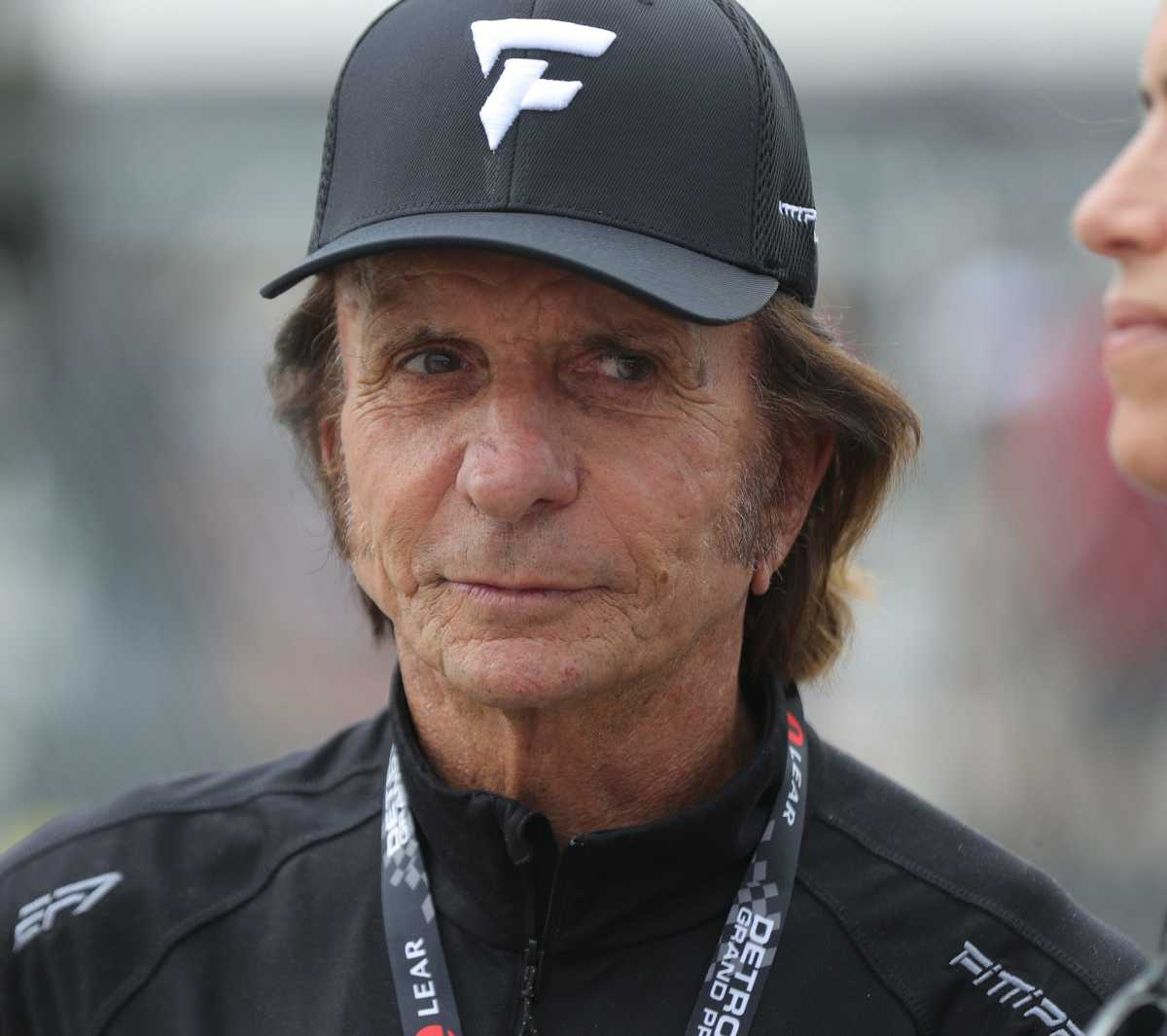
Emerson Fitttipaldi
https://www.racing-reference.info/driver/Emerson_Fittipaldi/
Formula 1: 144 races, 14 wins, 35 podiums, 281 career points, Two-Time Driver’s World Championship Winner (1972 and 1974)
IndyCar/CART/USAC Champ Car: 206 races, 24 wins, 1989 CART Championship Winner, Two Time Indy 500 Winner (1989 and 1993)
Probably the ultimate career crossover, Fittipaldi switched to and found great success in IndyCar after retiring from F1 following an ultimately disastrous switch to a team run by his brother.
Fittipaldi’s early run in Formula 1 was legendary, with two driver’s world championships with Lotus in 1972 (where he was the youngest champion ever), and McLaren in 1974. But the allure of keeping the business in the family by joining brother Wilson’s Copersucar team in 1975, resulted in much frustration, and little in the way of results.
After the switch, the man who would go by the colorful nickname of "Emmo" throughout his career, managed just 2 podiums and 37 points. At the end of the 1980 season, he retired from Formula 1 to go into team management.
By 1984, he was back racing in the IMSA Miami Grand Prix and an IndyCar at Indianapolis.
Ultimately, Indianapolis grew his fame more broadly with famous 500 wins in a duel with Al Unser, Jr. in 1989, a second triumph in 1993, and nearly a third victory in 1994 before crashing in the lead with nearly a full lap on the field.
After a crash in the Michigan 500 in 1996, where he came perilously close to being paralyzed, and a plane crash where he came close to being paralyzed again, he retired yet again, this time for good, with one CART Championship, two Indy 500 wins and 24 race wins in his IndyCar career.
*********************************************
Honorable Mentions:
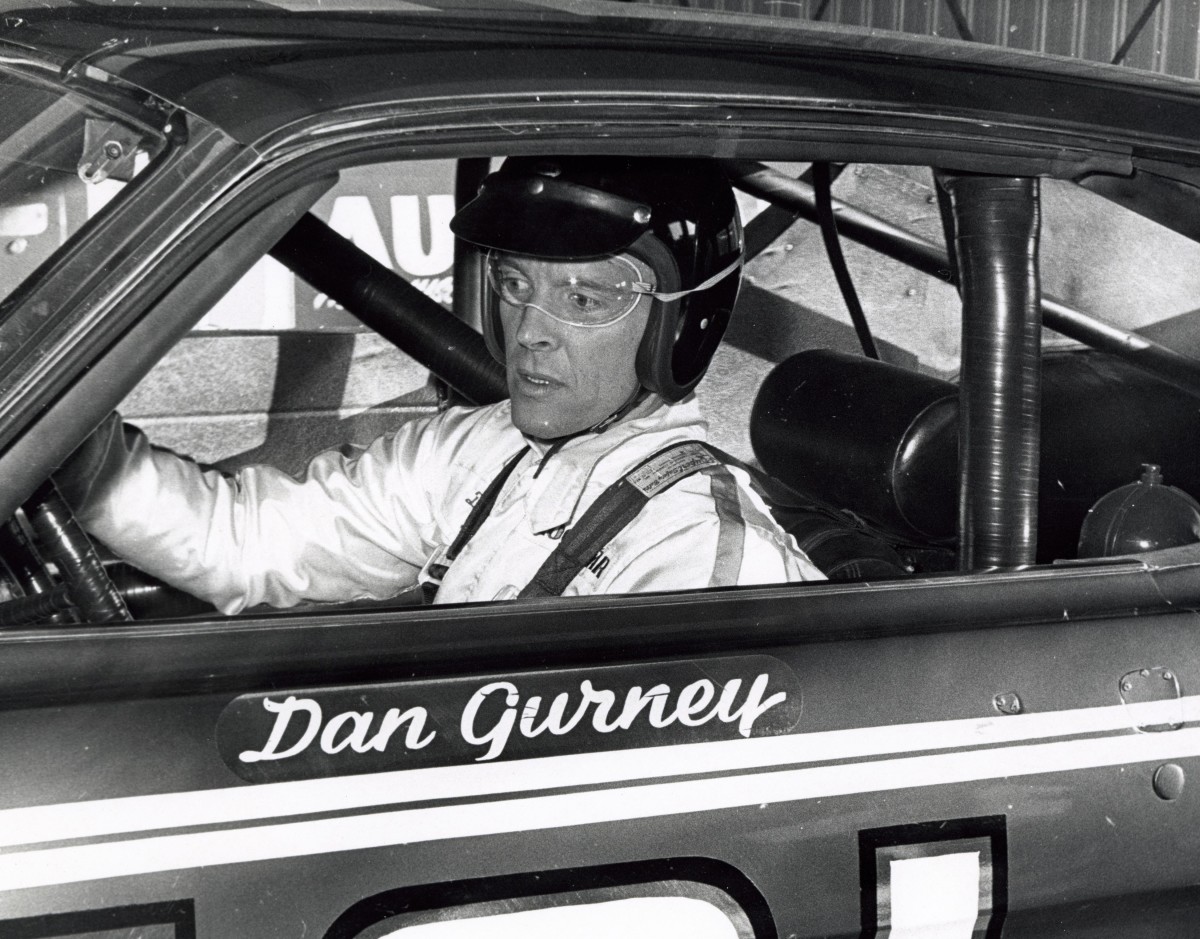
Best known for his technical innovations in open-wheel racing, it is sometimes forgotten Gurney was also a world-class race driver with 86 Formula 1 starts for his own team, Ferrari, Brabham, Porsche and McLaren. He scored 4 wins and 19 podiums. He also made 28 starts in IndyCar (USAC Champ Car) with 7 wins and won LeMans twice (once overall, and twice in class). He would later be known for building the “Eagle”, his technically advanced bespoke chassis that would ultimately win the Indianapolis 500, F1 races and sports car races all around the world.
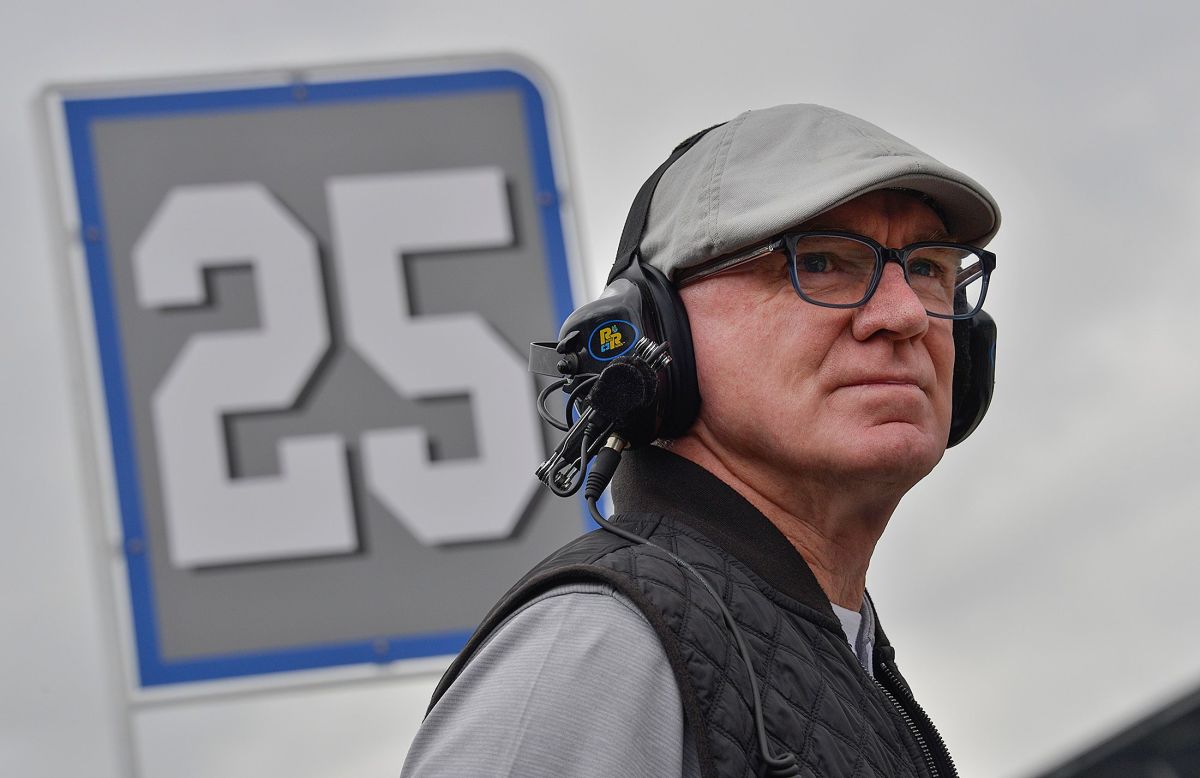
His F1 career highlights included 8 finishes in the points in 49 starts for Hesketh, Ensign, Tyrrell, March, Theodore and Williams. Daly and Monaco - where he went flying through the air at the start of the race in 1980, and nearly won a crazy 1982 Monaco Grand Prix (without his rear wing and half a front wing no less) were particularly noteworthy
His 72 starts in IndyCar provided muddling results and was best known for a miraculous survival and recovery from a 217 mph crash at Michigan in 1984, one of the highest G-force crashes ever survived by a driver.
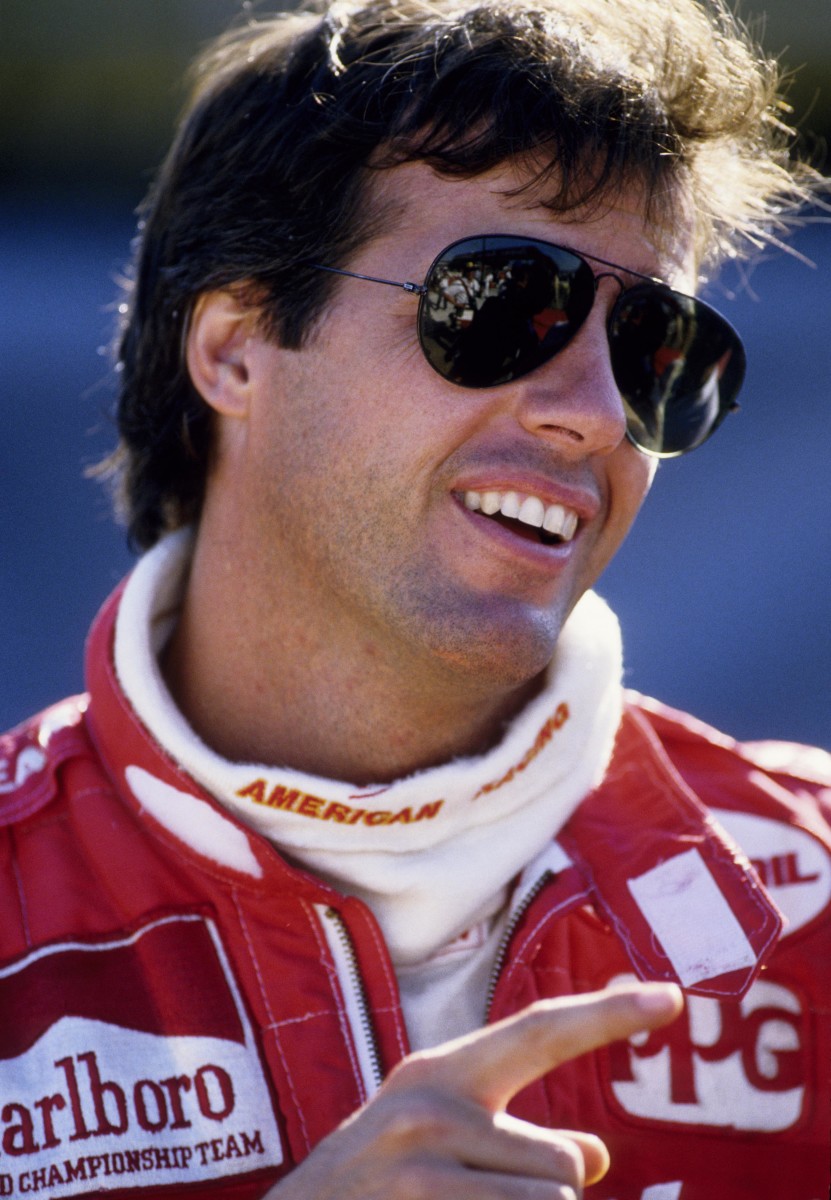
Best known for a miraculous “spin and win” in the 1985 Indianapolis 500, you may be surprised that in addition to 182 IndyCar starts and 18 wins, Sullivan made 15 starts with Tyrrell in 1983, with a 5th place finish at Detroit and 2 points coming from his single season in F1.
One other thing to mention: did you know that the Indy 500 was once part of F1? Everyone who competed in the Indianapolis 500 from 1950-1960
During the years 1950-1960, the Indianapolis 500 was actually considered part of the Formula 1 World Championship, and finishers in the 500 actually scored World Championship points! Alberto Ascari was the only real F1 regular to race at Indy during this time. He competed in a Ferrari in 1952 and would ultimately win the 1952 F1 Drivers’ Championship.
Another case in point: Johnny Parsons, who won the 1950 Indianapolis 500, is credited as one of three drivers to win their first World Championship race, and would ultimately finish 6th in points in 1950.
